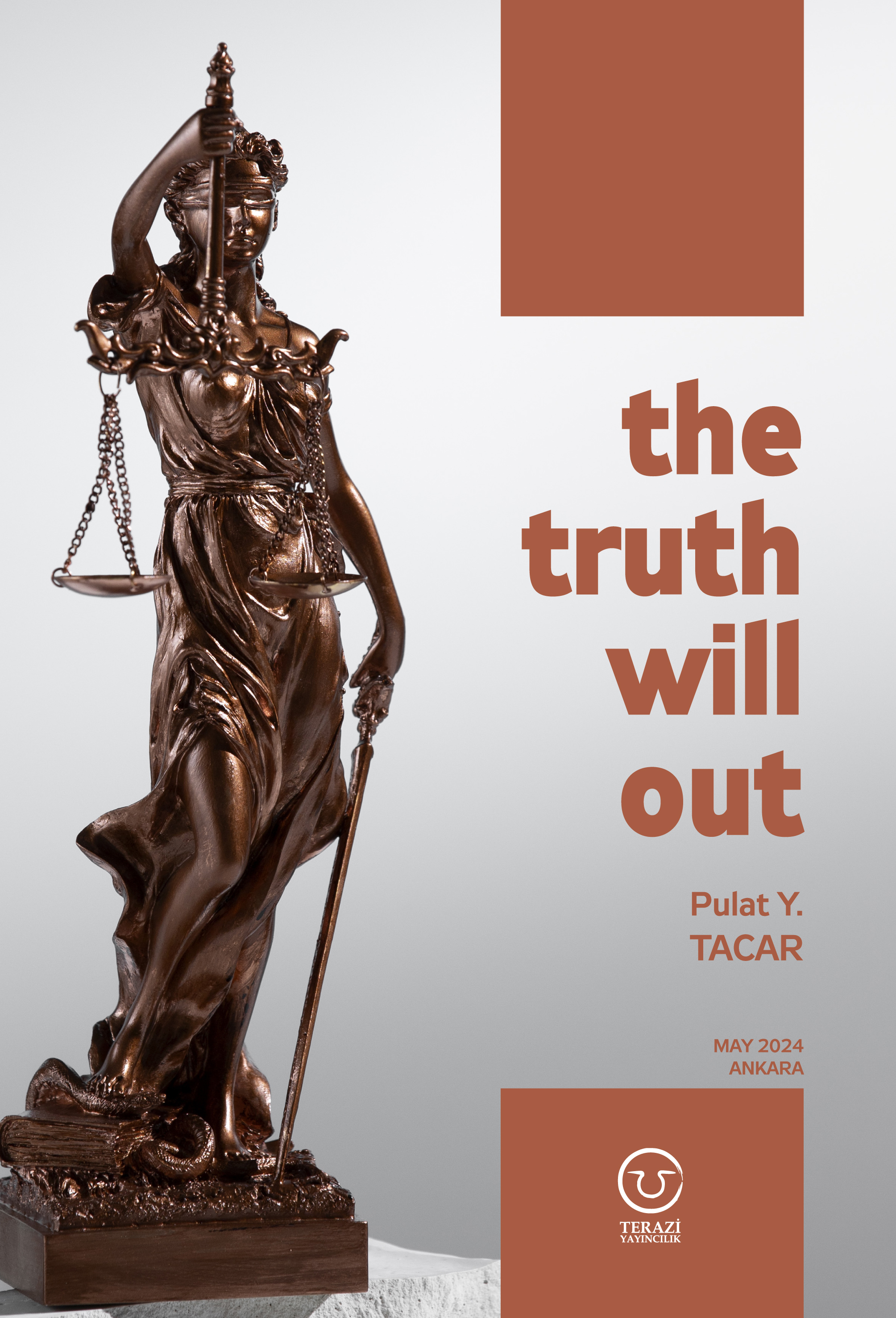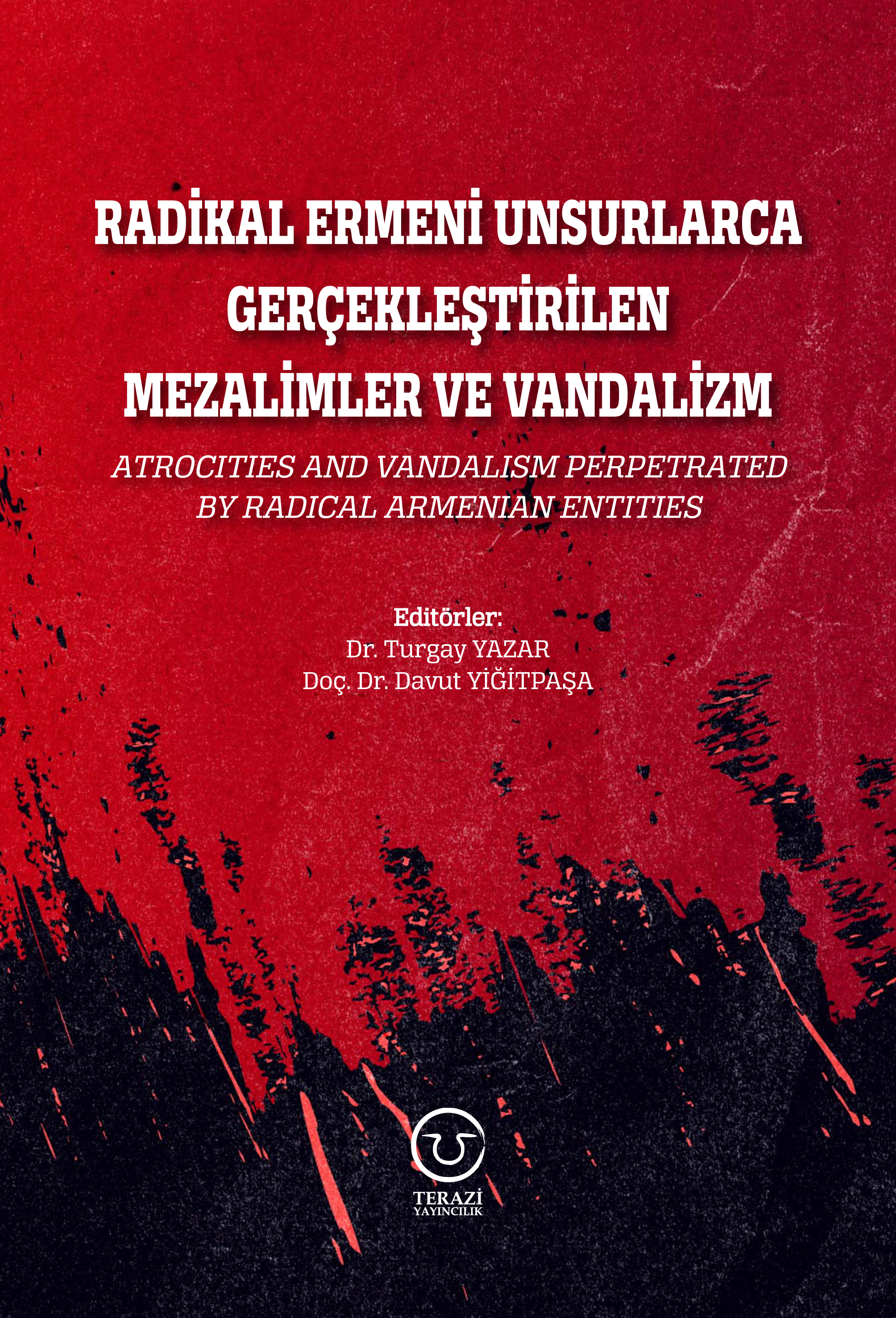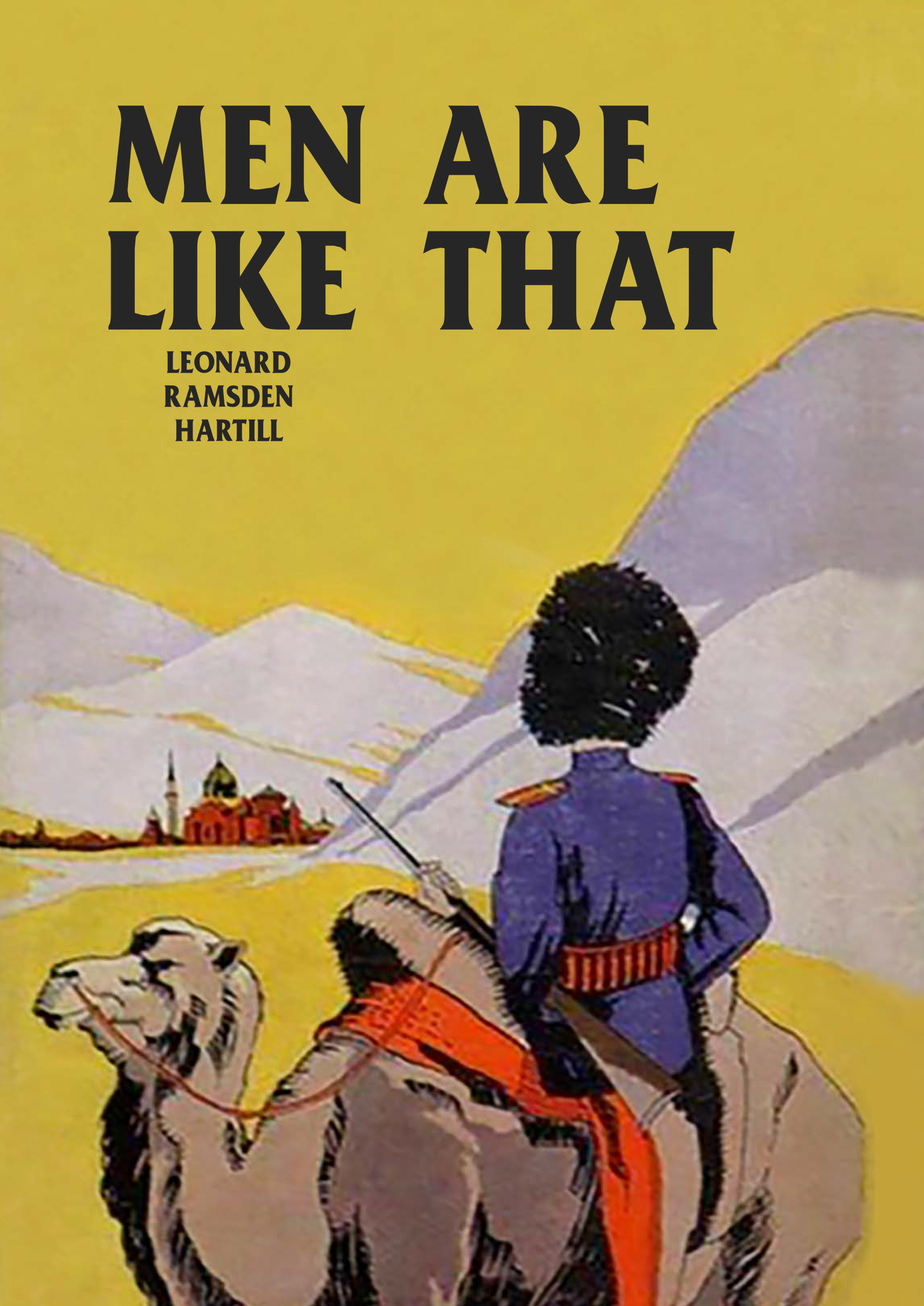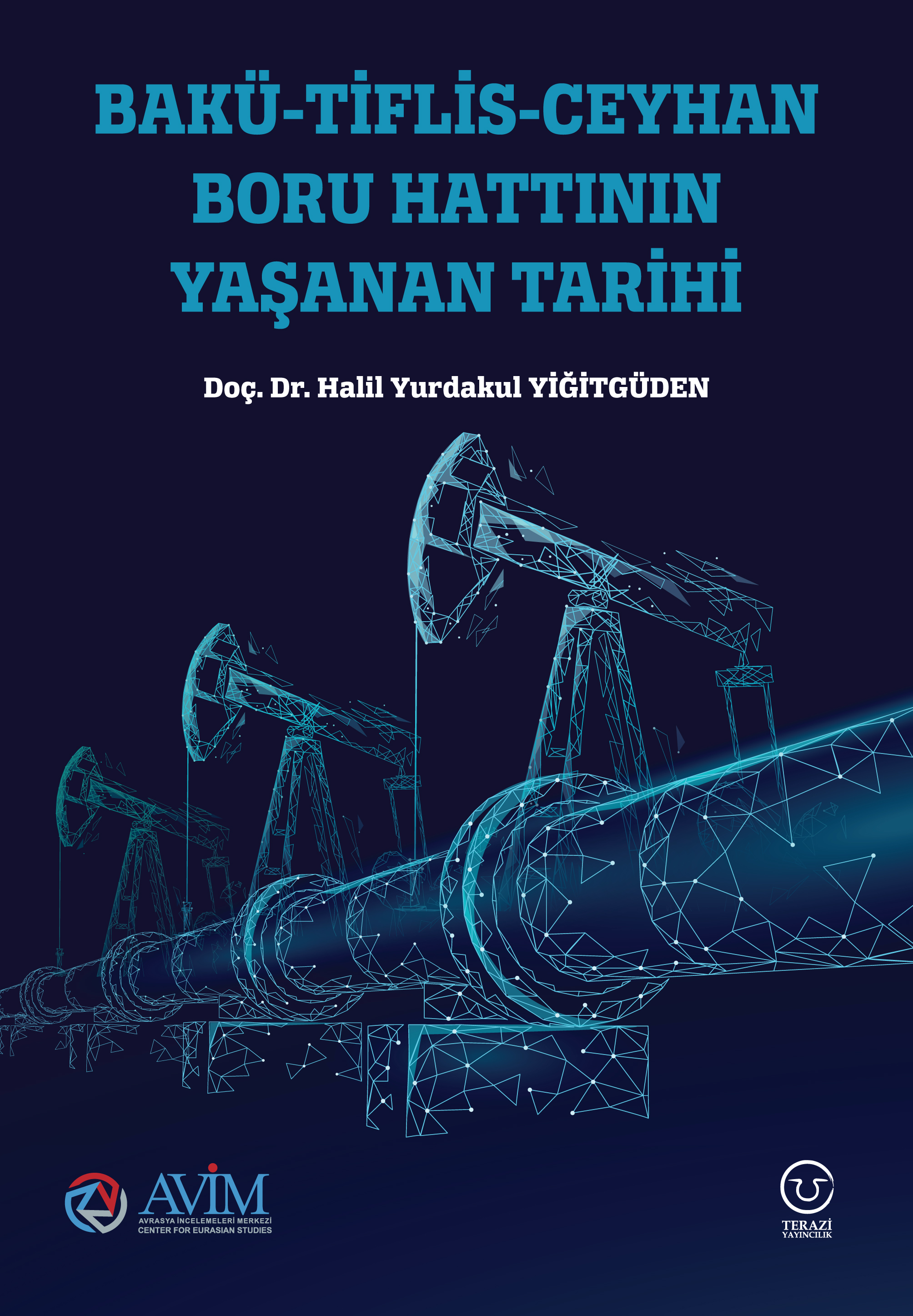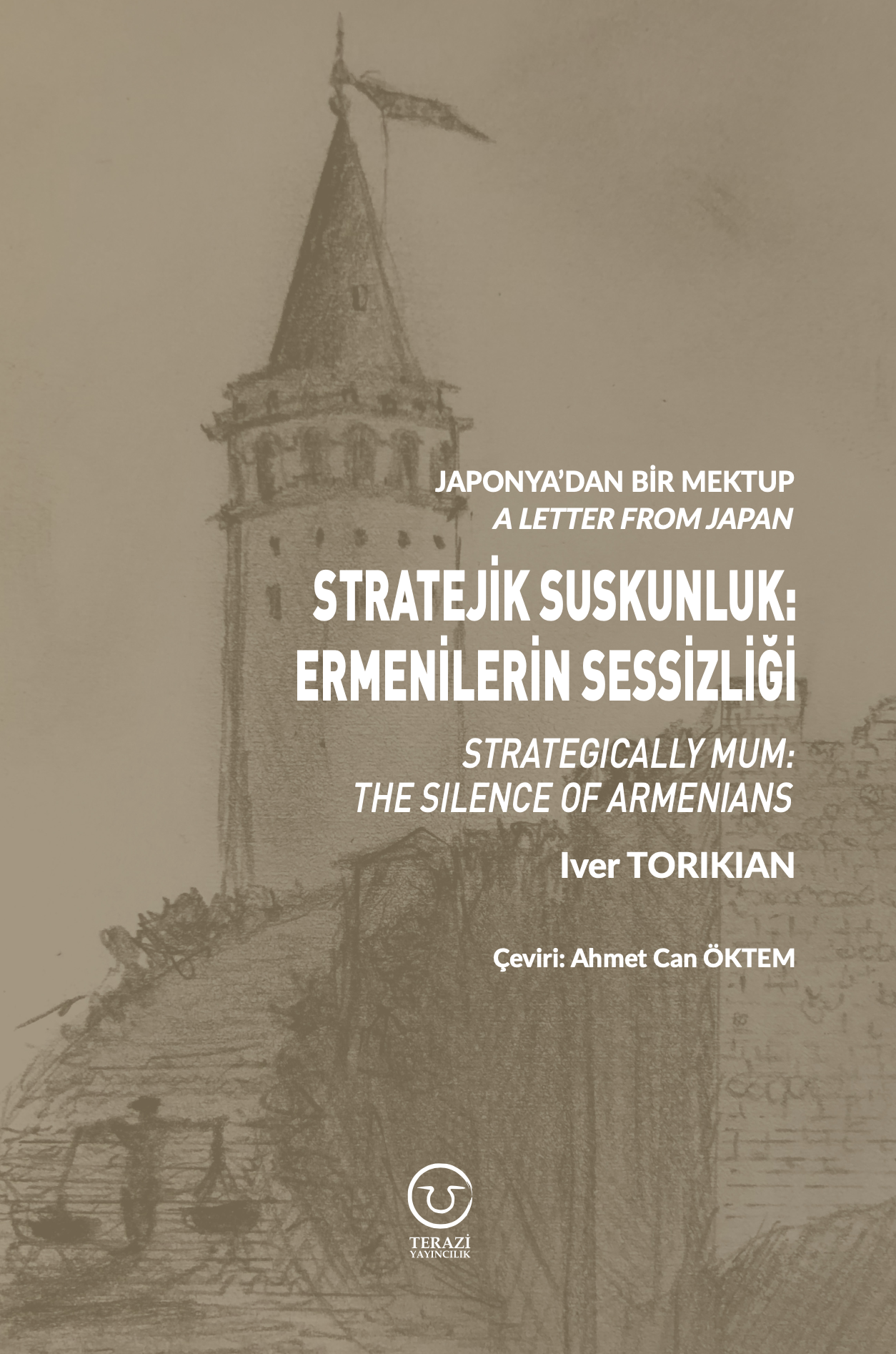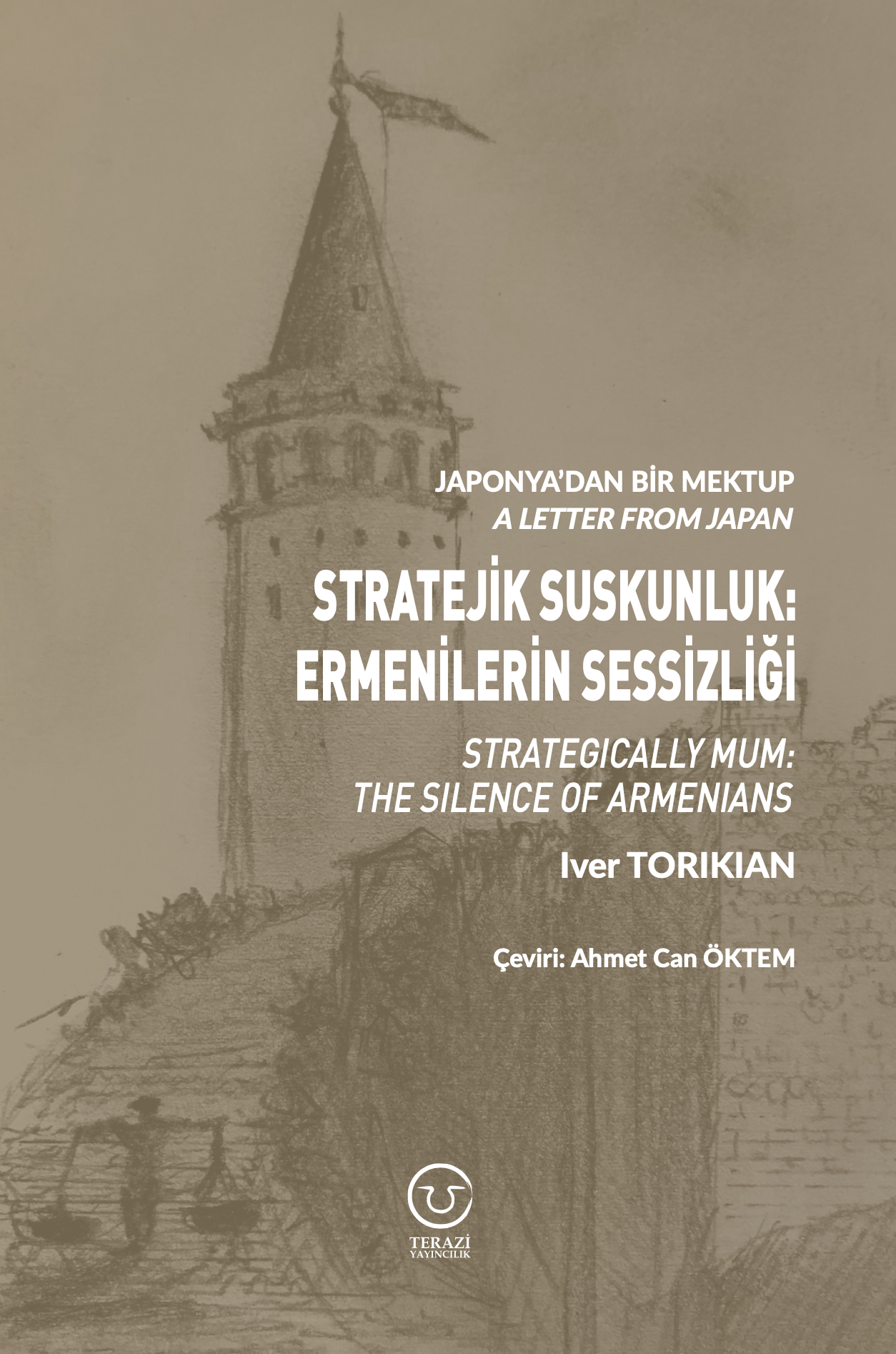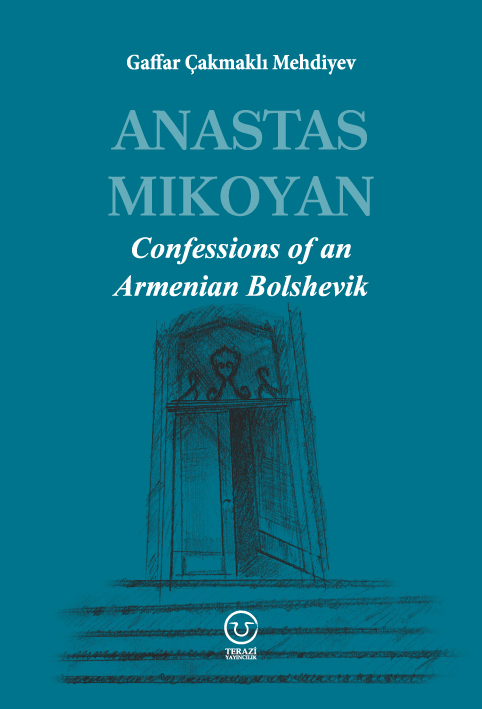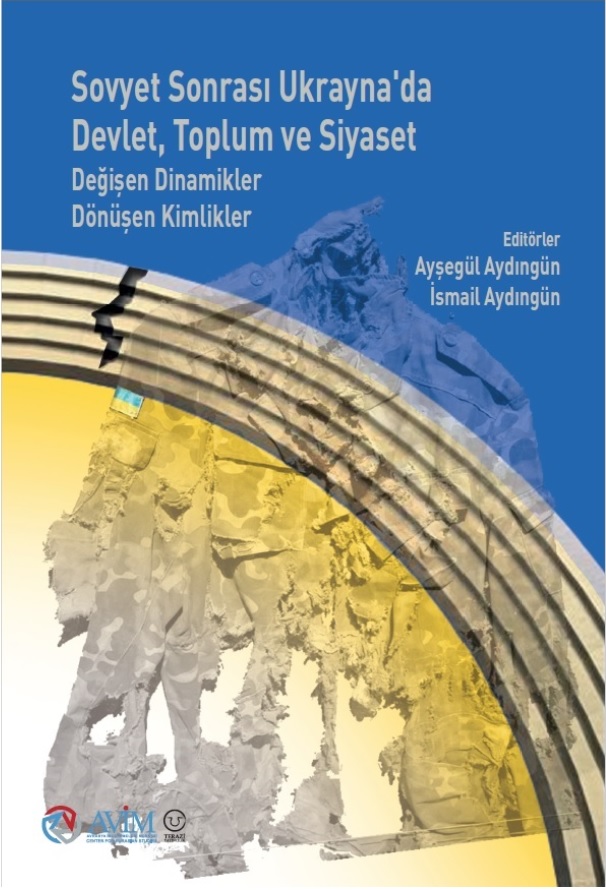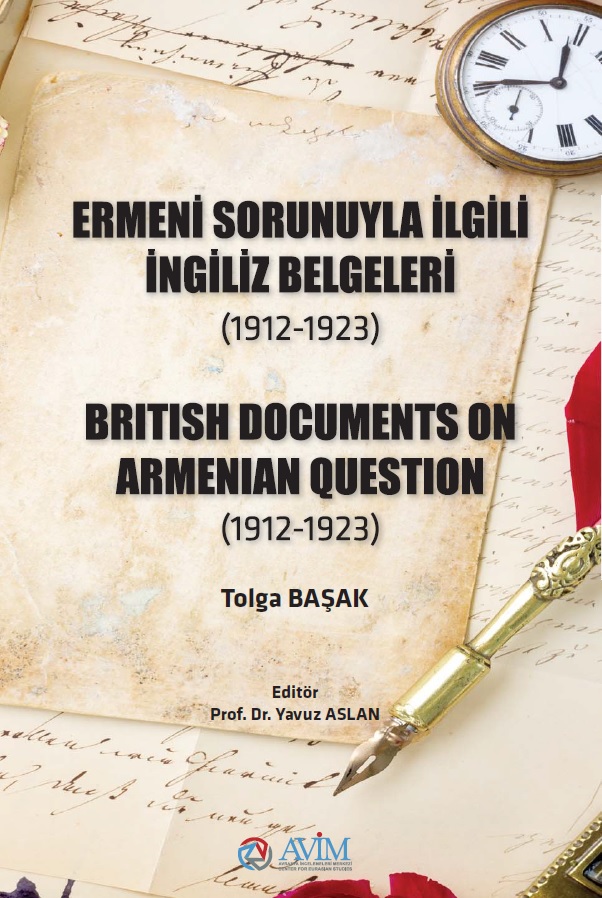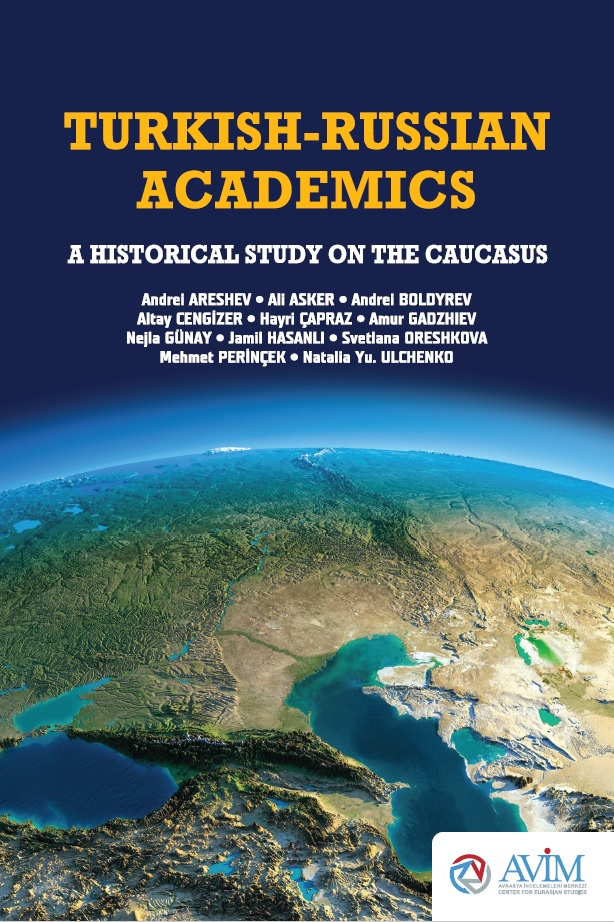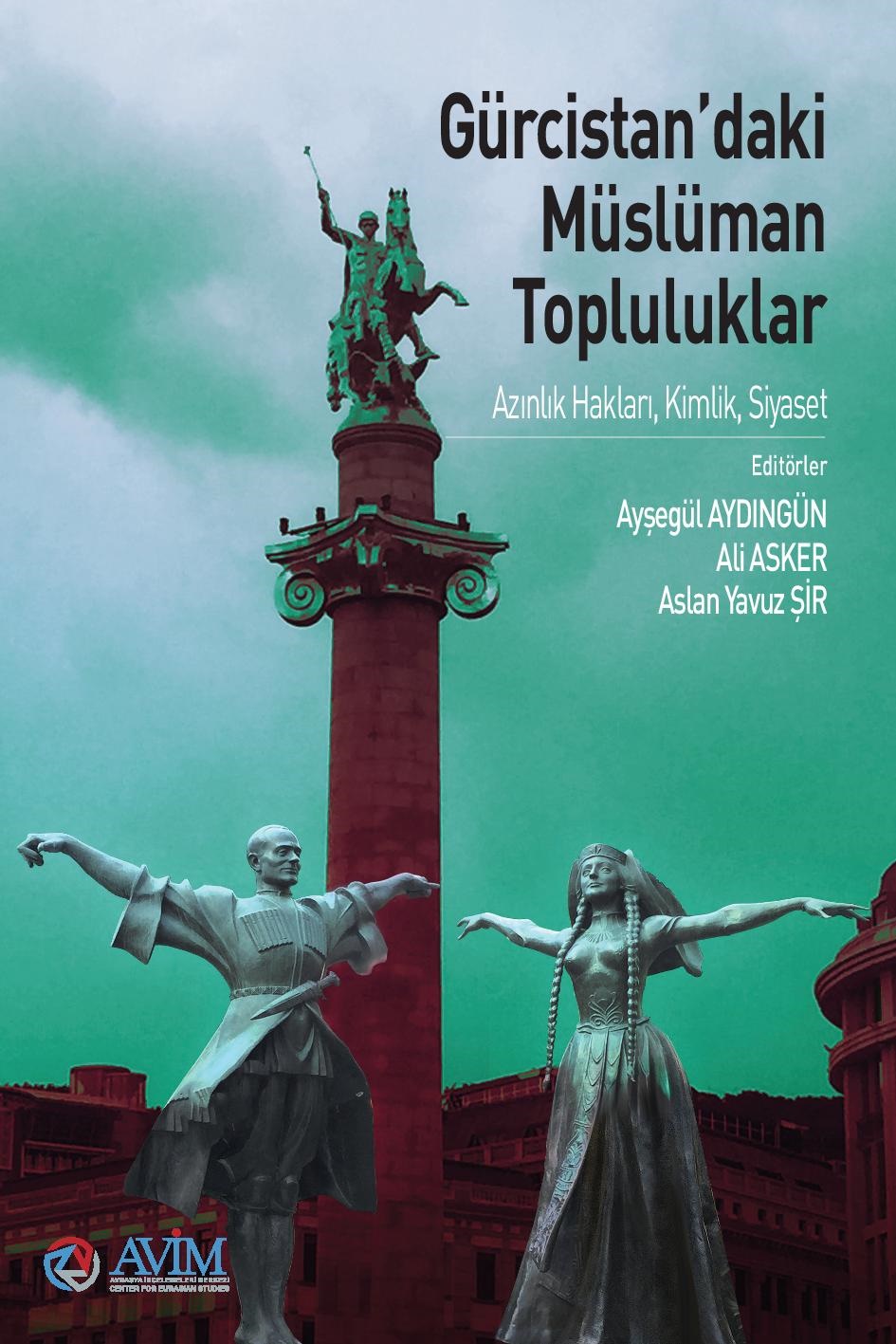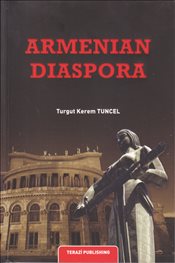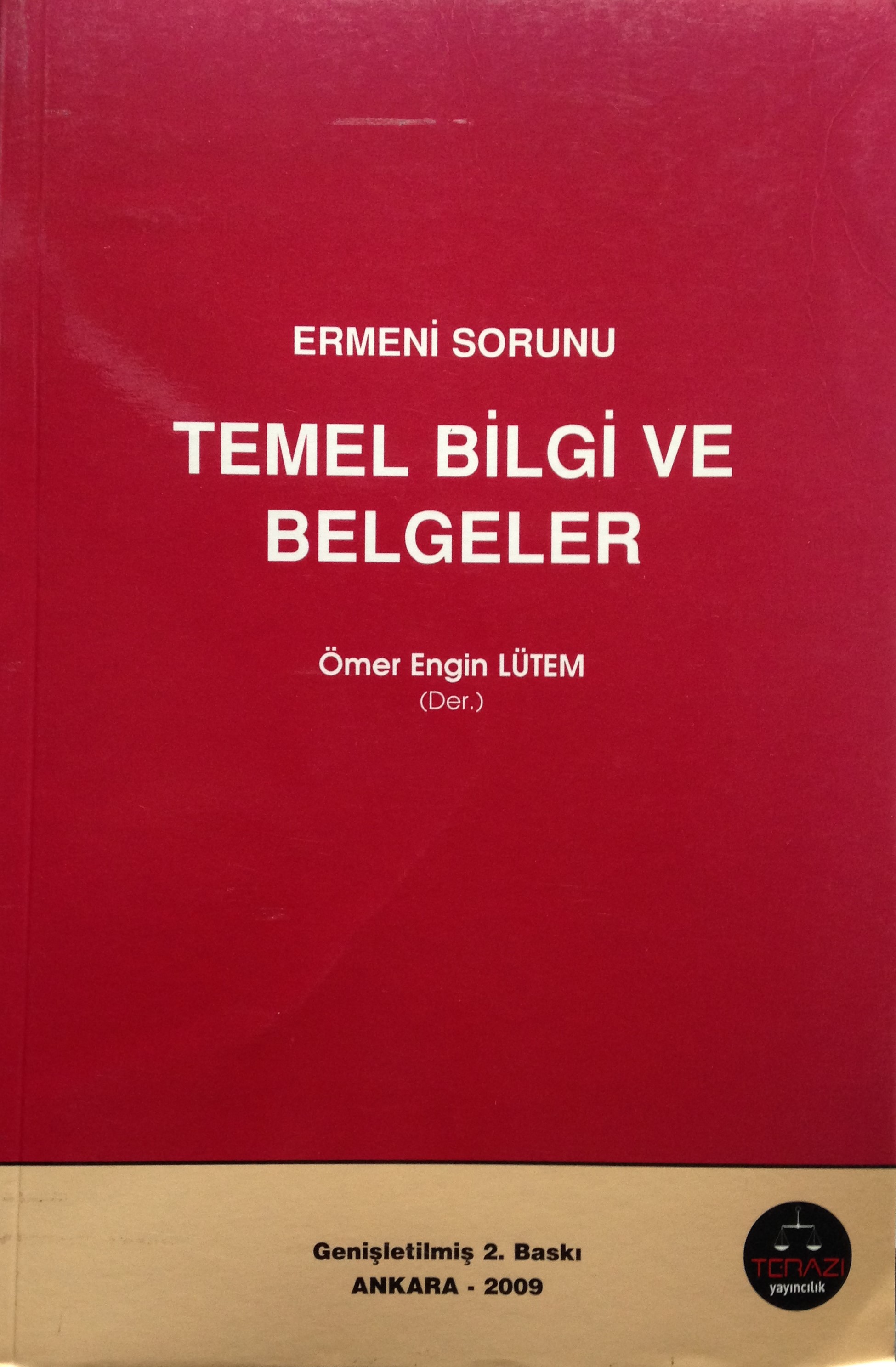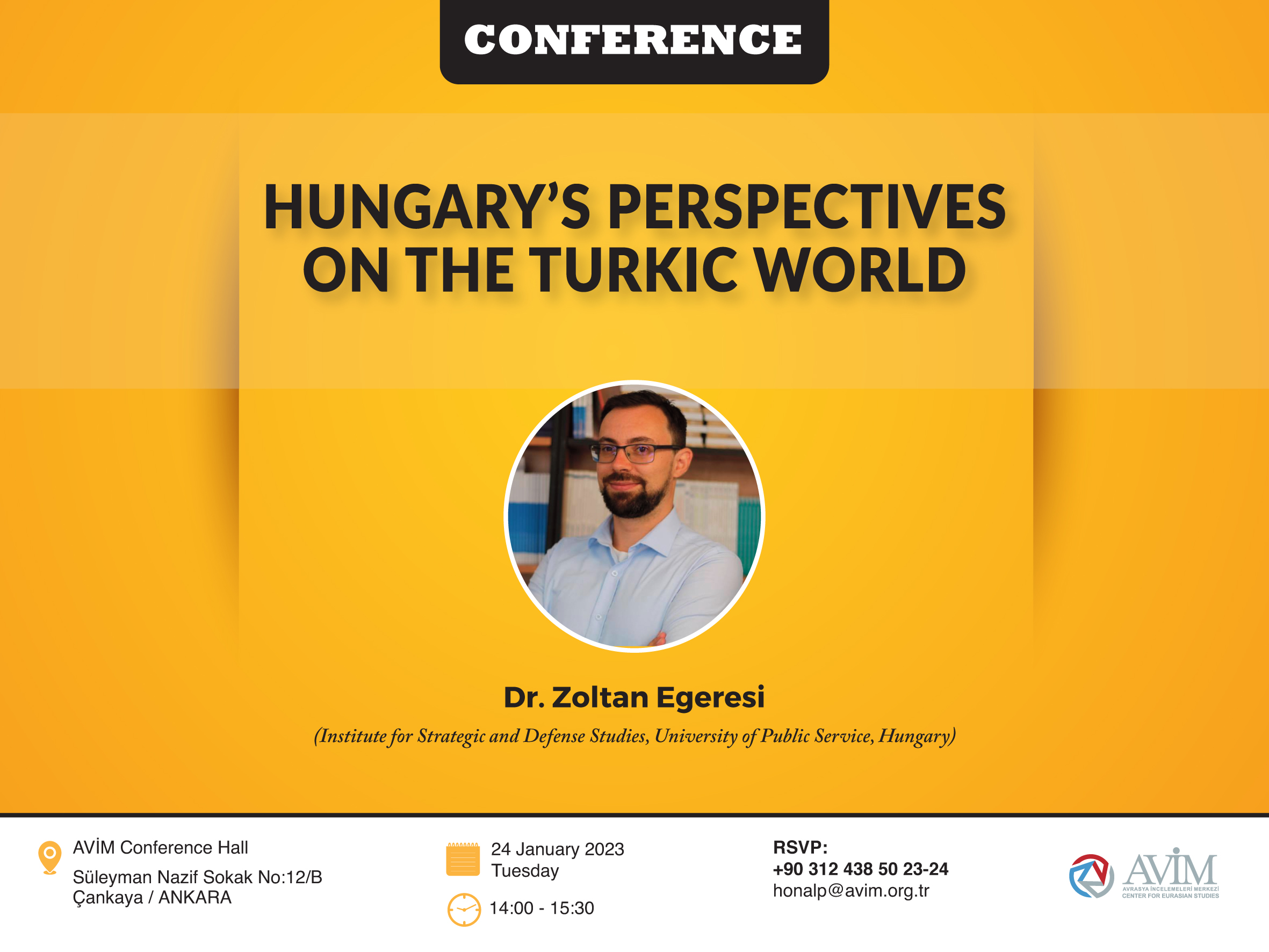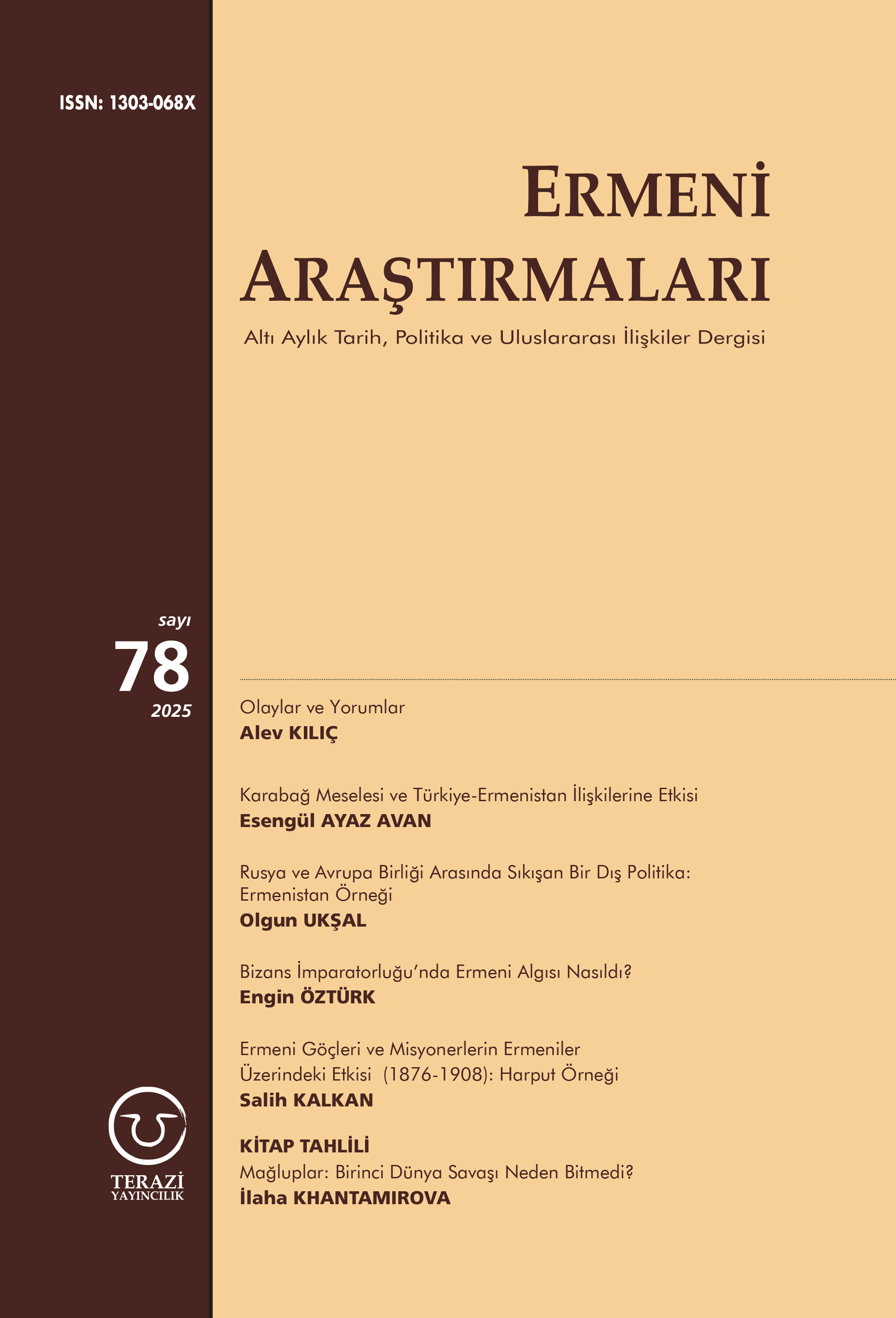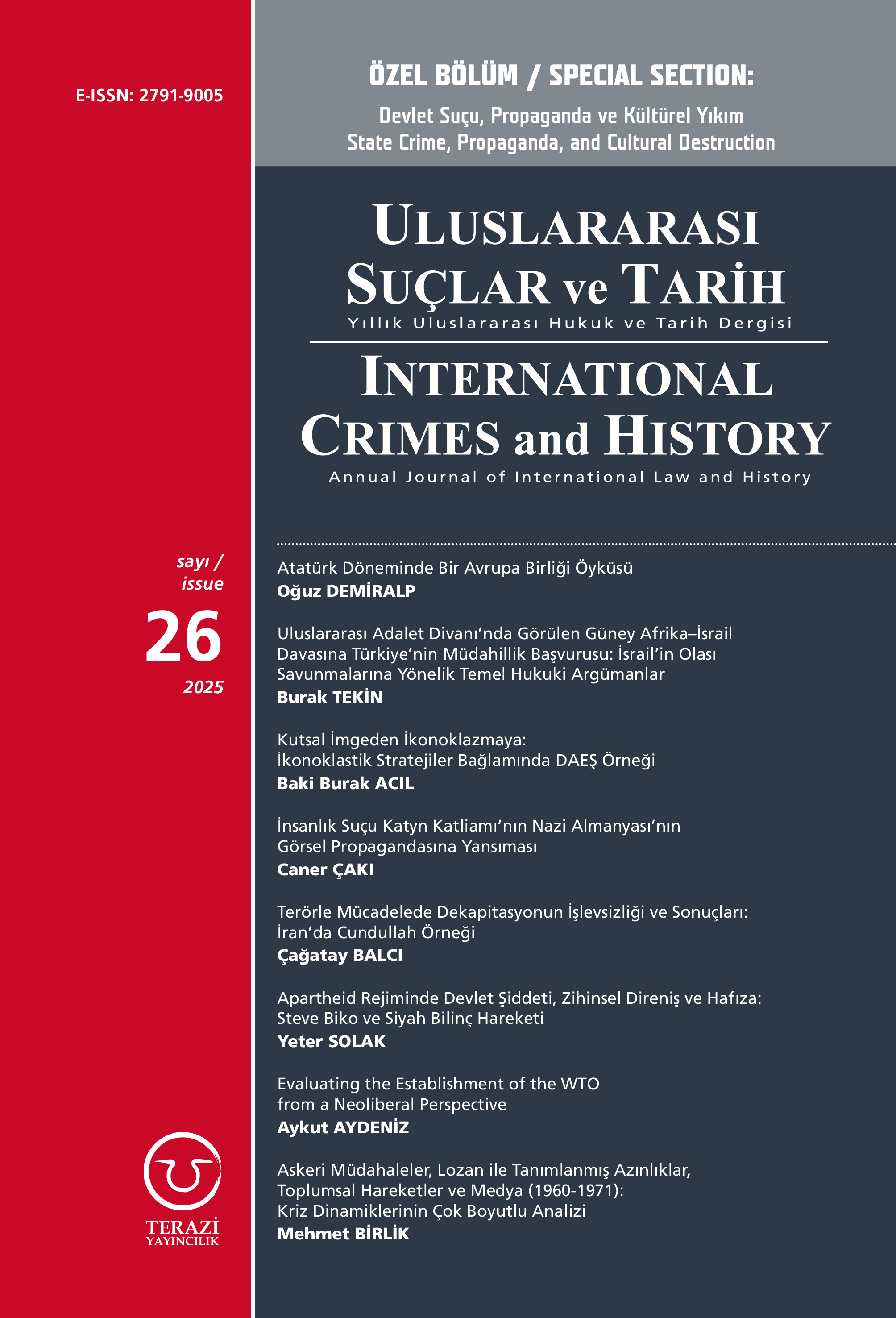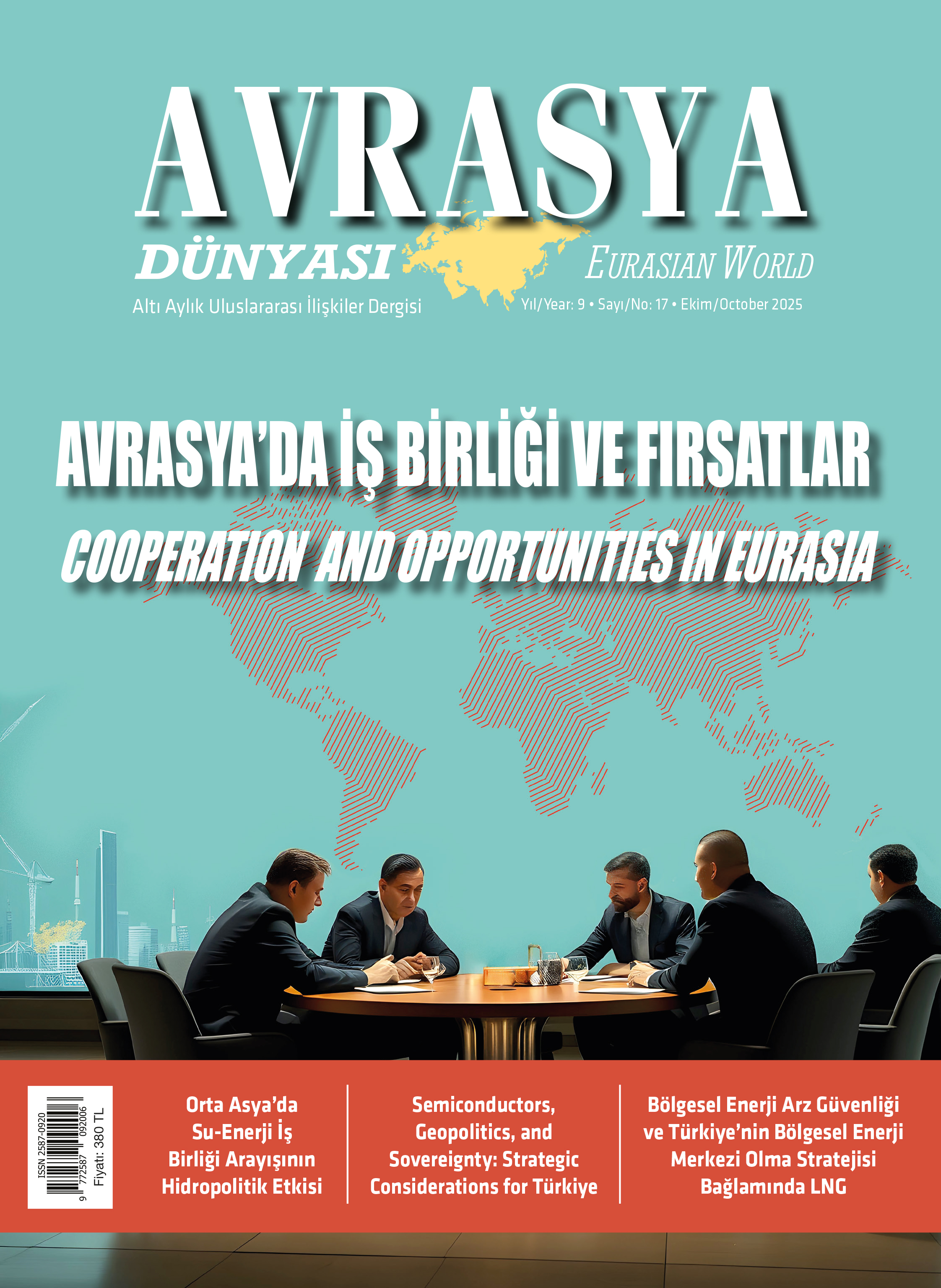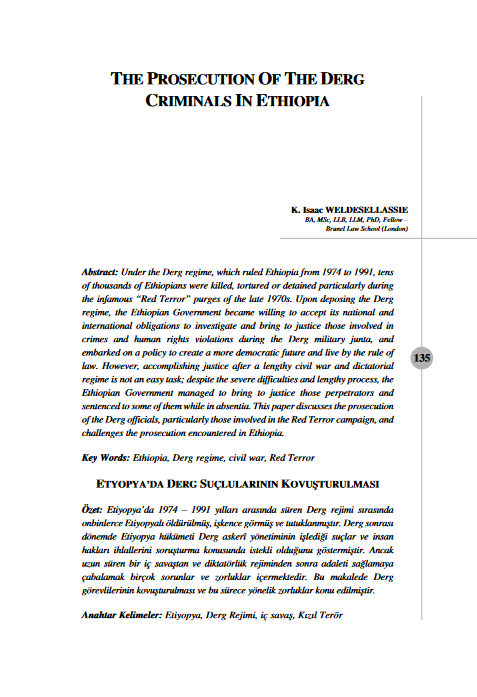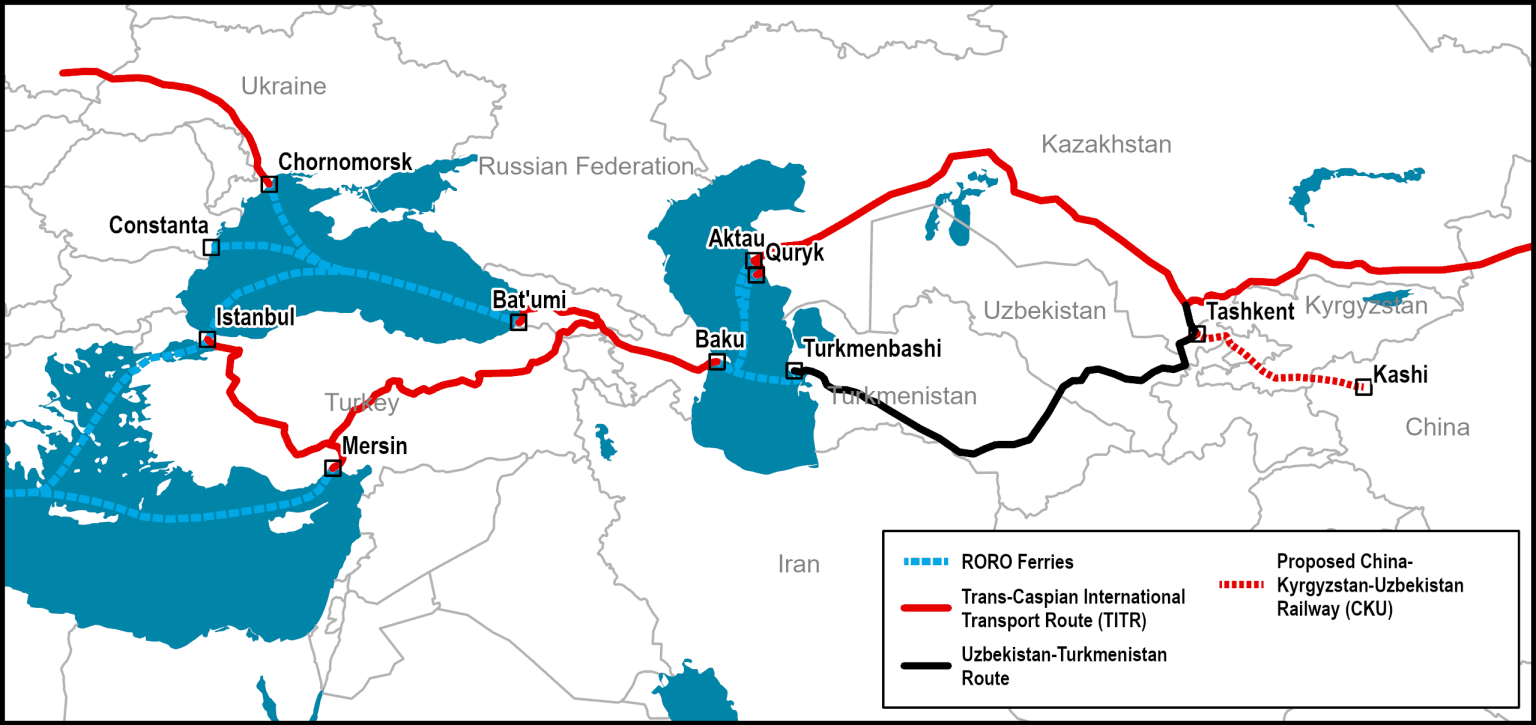
At a time when the global trend of economic integration is gaining momentum, trade corridors represent an innovative approach in states' efforts to enhance regional economic cooperation. Among these corridors, the Trans-Caspian International Transport Route (TITR), commonly known as the Middle Corridor (MC) and located at the intersection of the Belt and Road Initiative (BRI) and the Northern and Southern Routes, HAS gained prominence after the Russian-Ukrainian War. Geopolitical concerns and the subsequent focus by states on diversification have increased the importance of alternative transport routes. The Middle Corridor offers an alternative route connecting China to Europe through various transport networks and avoids the traditional Northern Corridor through Russia and the Suez Canal in the south. The Middle Corridor is not only a safe route for international trade, but it also significantly reduces shipment times.[1]
The addition of new routes and capacity increases to transit transport networks on the Middle Corridor are improving Eurasian connectivity and making international logistics more flexible, faster and safer. The new route announced by the Kazakhstan State Railways company, which will start its first shipment on 4 March 2025, is an example of this development. Accordingly, container trains departing from Chengdu, China will pass through Kazakhstan, Turkmenistan, Iran, and Türkiye before reaching Europe and arrive in Lodz, Poland.[2] In addition, China is developing two new railway projects that will bypass Russia. The first project will pass through Kazakhstan, the Caspian Sea, Azerbaijan, and Georgia via the Middle Corridor route, while the second project will involve the construction of a railway through Kyrgyzstan and Uzbekistan to the Caspian Sea and from there to the European Union via Türkiye. Previously, the Kazakhstan, Russia, and Belarus route was used for freight transport from China to Europe, but the use of this route has significantly decreased after the Russian-Ukrainian War.[3] These developments reduce Moscow's influence in international trade while increasing the influence of the Central Asian Turkic republics and Türkiye that are located on the route.
Standing out as the fastest and most direct trade route between China and Europe, the Middle Corridor shortens distances by around 2,500 kilometers compared to the Northern Corridor and offers a significant improvement on traditional routes with transit times ranging from 10 to 15 days, while also increasing supply chain reliability and reducing risks related to trade restrictions. Increasing trade volumes in recent years have increased the Corridor’s economic significance. According to the data, the amount of cargo transported in the first 11 months of 2024 increased by 63% compared to the previous year. Increased trade along the corridor strengthens regional economies by stimulating industrial growth, employment, and infrastructure development in transit countries. Geopolitically, the Middle Corridor offers an alternative due to Western sanctions against Moscow, balancing Russian and Chinese influence and consolidating Türkiye’s status as a strategic transit hub.[4]
Unlike the international cooperation efforts of the last 30 years, the remarkable development of the Middle Corridor is fueled by domestic demand in the region and results from an organic growth. The Middle Corridor's multifaceted network of rail, road, and maritime links is expanding with transit routes to the east, west and north. These developing links provide flexibility and opportunity for this route to reach larger markets in a cost-effective manner.[5] The World Bank predicts that cargo traffic on the Middle Corridor route will increase nearly threefold by 2030. In addition to all these, if the Zangezur Corridor is implemented, the transit and logistics potential of the region will increase through the strengthening of the connections between both east-west and north-south transport corridors.[6] On the other hand, Armenia insists on the “Peace Crossroads” project and avoids taking a concrete step by indicating that the Zangezur Corridor is unacceptable, despite its demand for the opening of the border with Türkiye and the start of road and railway transport and direct commercial connections.[7] Against Armenia's uncompromising attitude on this issue, Azerbaijan is focusing on the Aras Corridor, an alternative route through Iran. This will cause Armenia to lose its strategic transit importance, leading to economic decline and loss of commercial opportunities. At the same time, Armenia's economic dependence on its few trading partners will deepen and its capacity for regional economic cooperation will decrease.[8] The realization of the Zangezur Corridor and its integration with the Middle Corridor will contribute significantly to regional economic growth by increasing connectivity not only between Türkiye and Azerbaijan, but also between the South Caucasus in particular and Eurasia in general.
In conclusion, the development of the transit routes in the Middle Corridor allows China to bypass Russia, which is the target of Western sanctions, in its shipments to Europe via Central Asia and the Caucasus. Furthermore, it also increases the strategic status of Türkiye, which is located on this route. These developments not only promote trade but also contribute to regional integration. Since it will increase the trade capacity of the Middle Corridor, the inclusion of new transport networks along this route and the improvement of the infrastructures of existing networks will undoubtedly contribute greatly to making the Corridor the main method for trade between China and Europe.
© 2009-2025 Center for Eurasian Studies (AVİM) All Rights Reserved

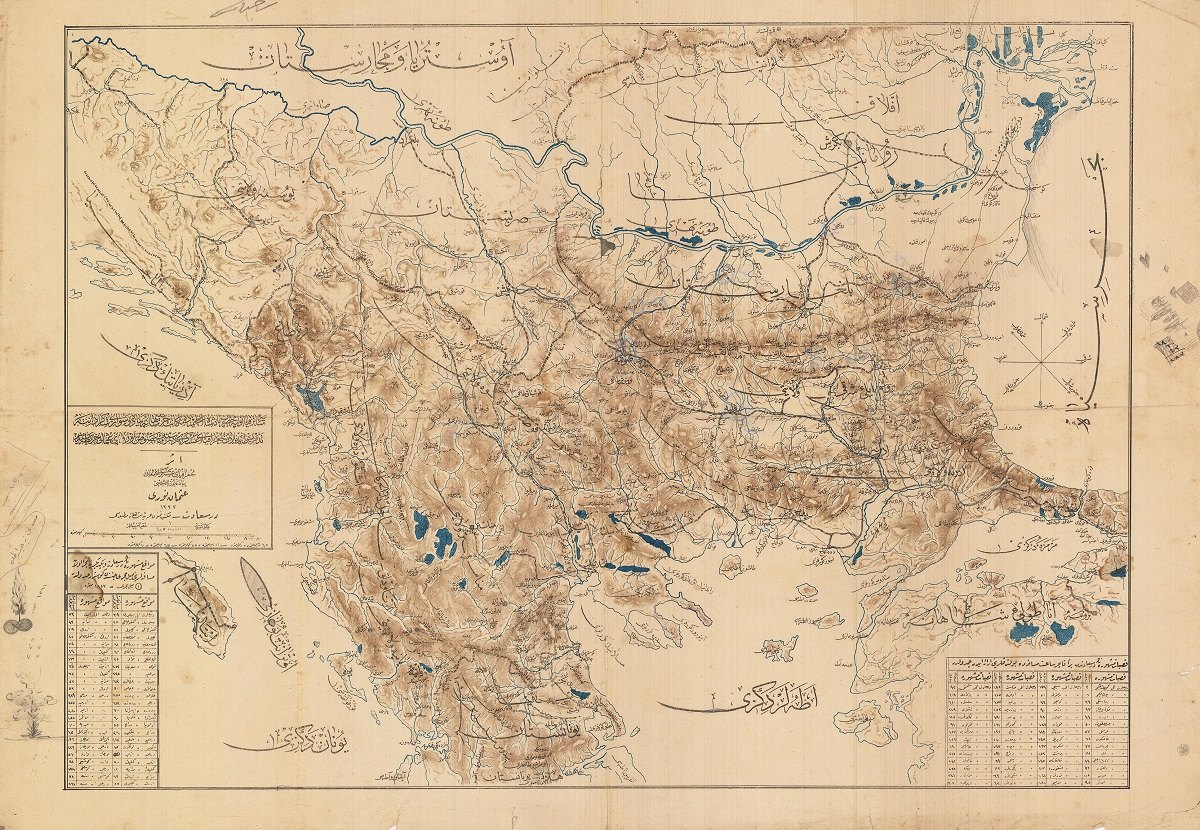 A POLITICAL DISCRIMINATION: THE “WESTERN BALKANS” DISCOURSE AND THE QUESTIONING OF BALKAN IDENTITY
A POLITICAL DISCRIMINATION: THE “WESTERN BALKANS” DISCOURSE AND THE QUESTIONING OF BALKAN IDENTITY
 THE DEVELOPING TRANSIT ROUTES IN THE MIDDLE CORRIDOR
THE DEVELOPING TRANSIT ROUTES IN THE MIDDLE CORRIDOR
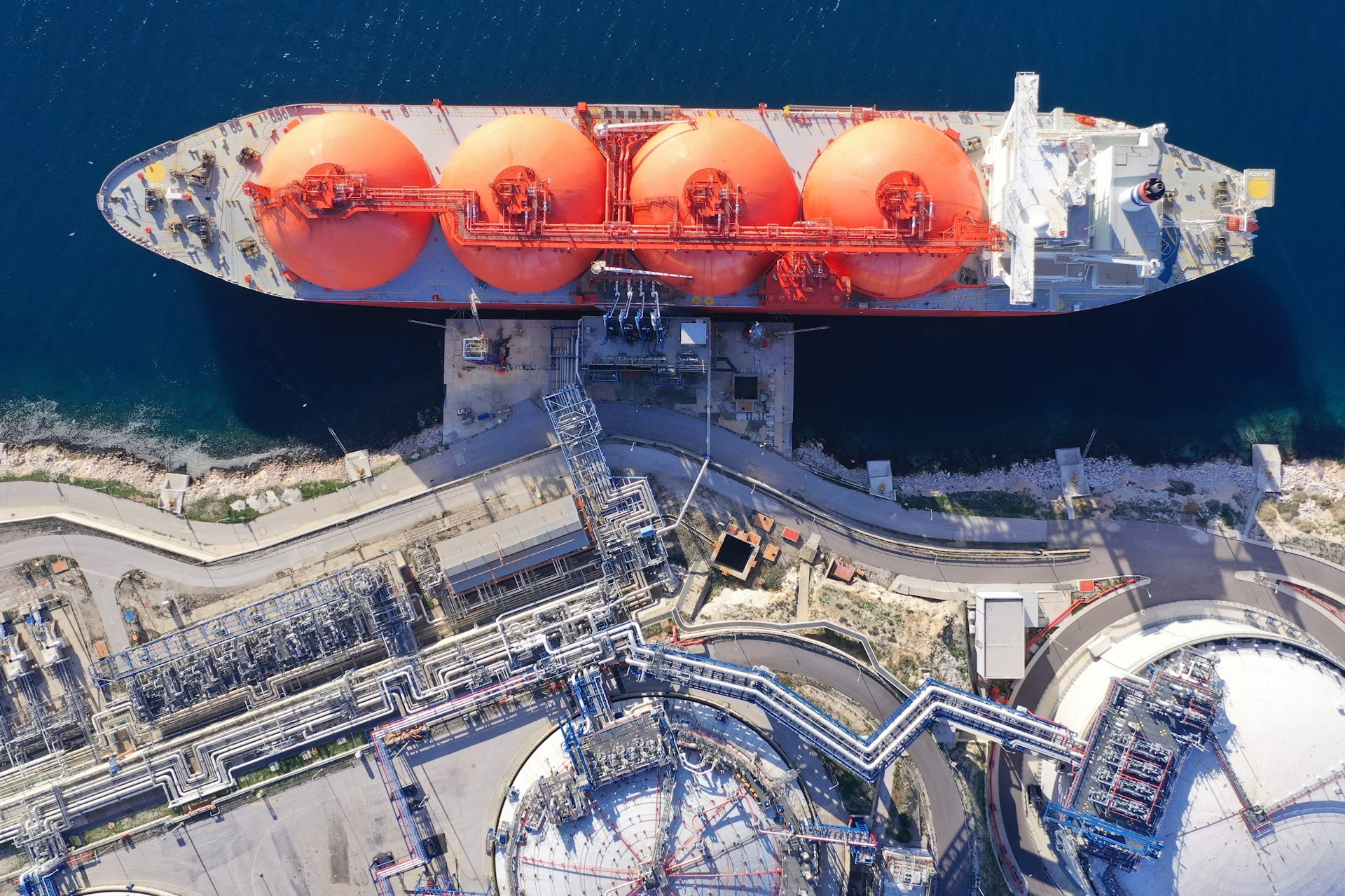 IS THE RISE IN GLOBAL LNG SUPPLY AN OPPORTUNITY FOR TÜRKİYE?
IS THE RISE IN GLOBAL LNG SUPPLY AN OPPORTUNITY FOR TÜRKİYE?
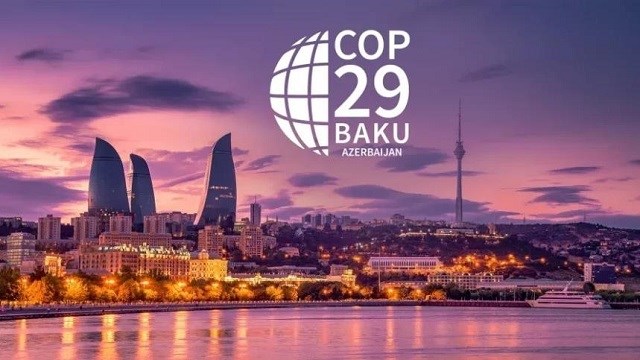 COP29 EVALUATION IN THE CONTEXT OF AZERBAIJAN - ARMENIA RELATIONS
COP29 EVALUATION IN THE CONTEXT OF AZERBAIJAN - ARMENIA RELATIONS
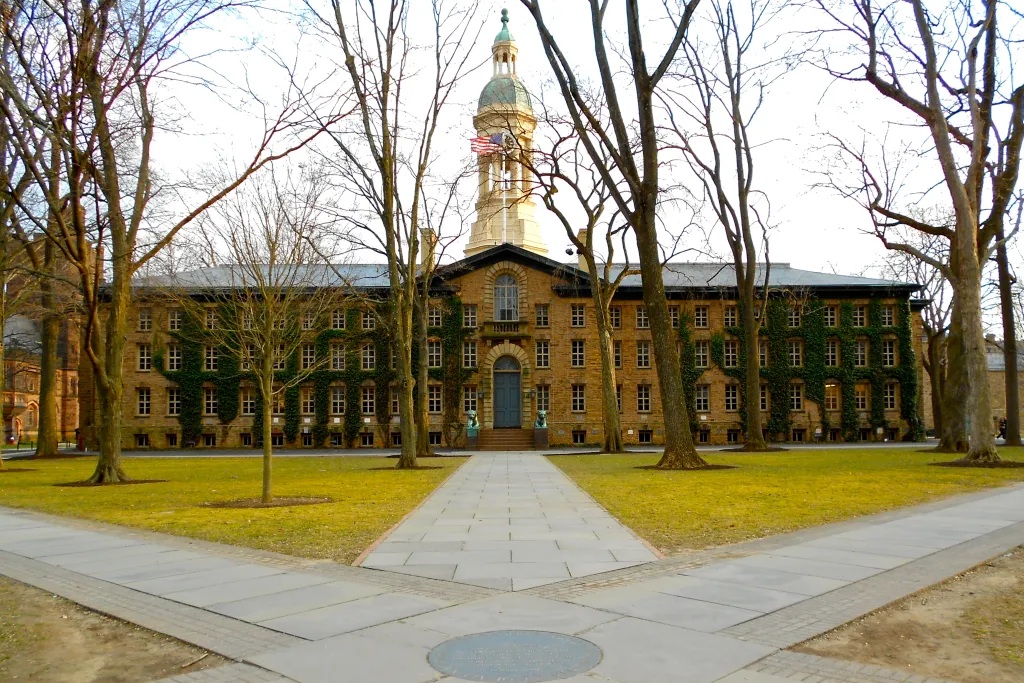 A DECEITFUL ATTEMPT TO TARNISH ATATÜRK’S LEGACY AT PRINCETON UNIVERSITY
A DECEITFUL ATTEMPT TO TARNISH ATATÜRK’S LEGACY AT PRINCETON UNIVERSITY
REACTIONS TOWARD ERDOĞAN’S MESSAGE
 RELIGION AND DOUBLE STANDARDS
RELIGION AND DOUBLE STANDARDS
 ARMENIA COUNTRY GENDER ASSESSMENT REPORT
ARMENIA COUNTRY GENDER ASSESSMENT REPORT

